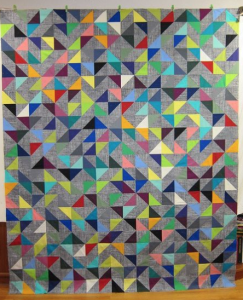
For this Looking Outward Post, I found an artist who made beautiful quilts based on randomness. Susan of SKquiltlabs made the particular quilt (pictured above named “Random Vector”) from a layout that is based on a random number generator for pattern orientation.
A lot is not said on the site I found Susan’s works, about the algorithms used for randomness. However, it does mention a random number generator is involved in some way.
The creator’s artistic sensibilities are manifest in the final form through the way the randomly generated pieces fall together so effortlessly. There are no signs of messiness or lack of care, although that sometimes may be assumed when “randomness” is involved. There is a natural pattern in her art through the randomness.
This reminds me that although future assignments in this class may require some level of randomness generating, the artist has a certain level of control over how the final art piece turns out. It is ultimately up to the artist in how much control they choose to exert.
![[OLD FALL 2017] 15-104 • Introduction to Computing for Creative Practice](../../../../wp-content/uploads/2020/08/stop-banner.png)
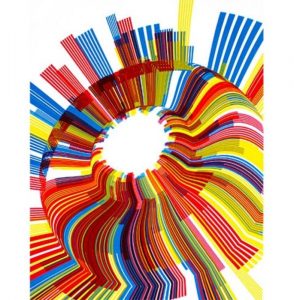
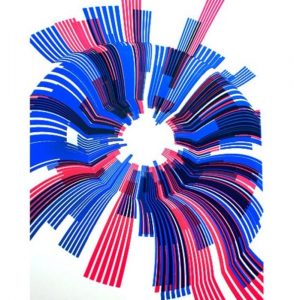
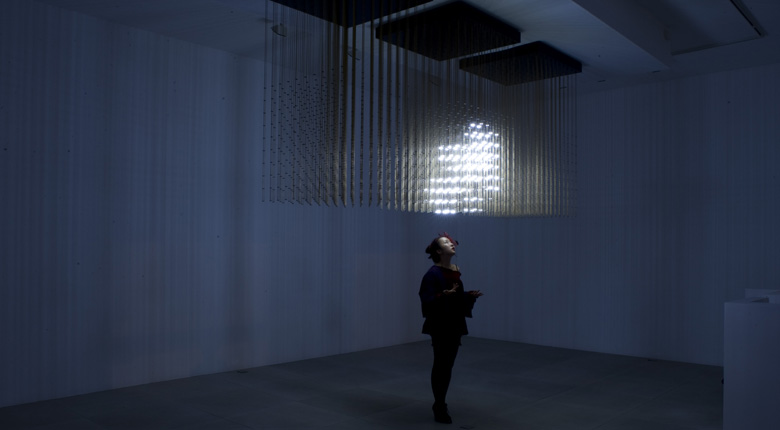

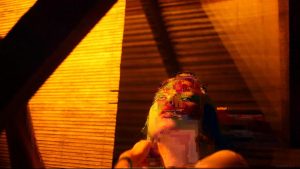
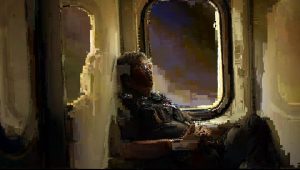

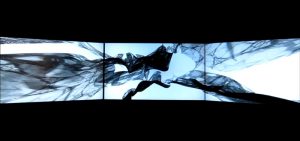
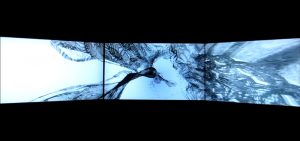

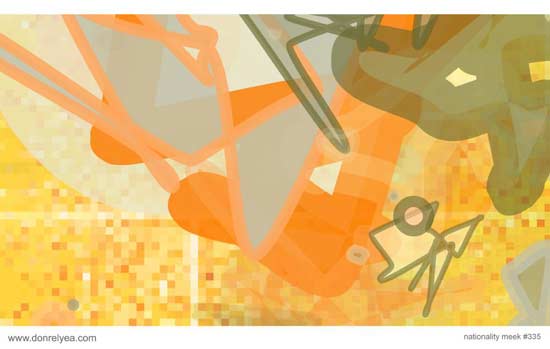
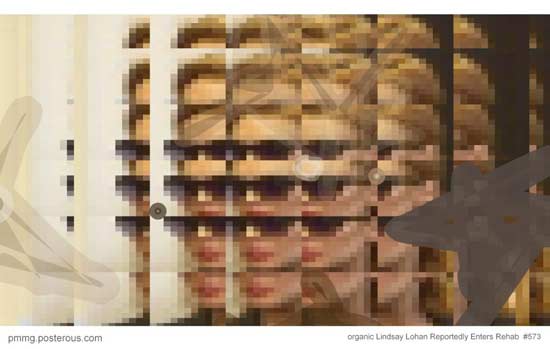
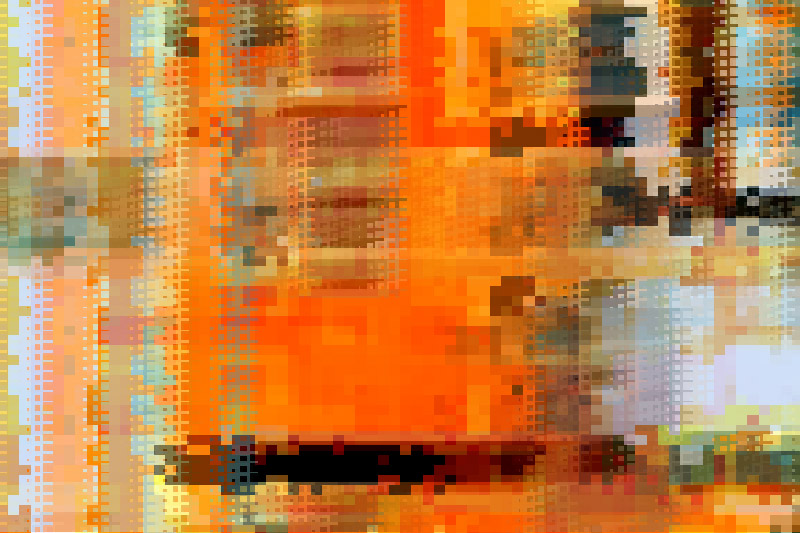


 Exhibition in Kettle’s Yard gallery in Cambridge by John Cage
Exhibition in Kettle’s Yard gallery in Cambridge by John Cage